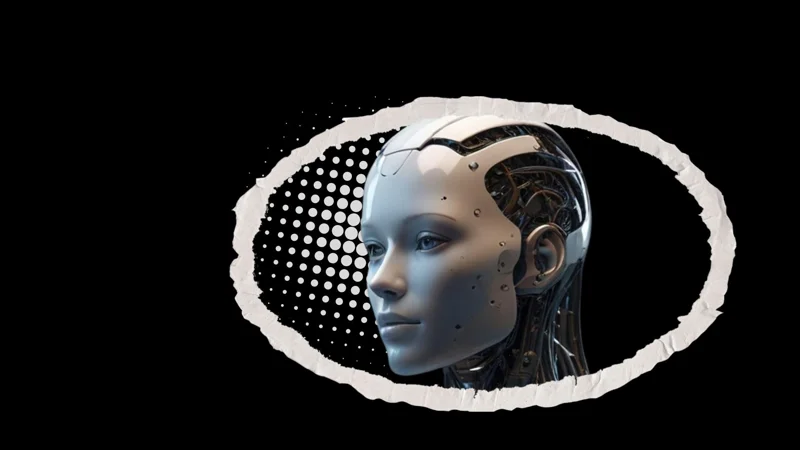Why chatbots outpace robots with a 100,000-year data gap
Despite rapid advances in artificial intelligence, robots are still far behind chatbots. Researchers say the key obstacle is the lack of training data, which leaves machines unable to master even basic tasks, Kazinform News Agency correspondent reports, citing Tech Xplore.

Major business figures, including Elon Musk and NVIDIA CEO Jensen Huang, predict that GenAI will soon bring humanoid robots capable of performing tasks as complex as surgery.
In academic circles, however, such optimism is met with caution. Professor Ken Goldberg of the University of California, Berkeley, argues that the greatest barrier is object manipulation. While humans easily pick up a glass or screw in a lightbulb, for robots these actions demand precise spatial recognition, intricate finger movements and careful control of grip strength.
In a recent article in Science Robotics, Goldberg explains that robots lack the kind of massive training datasets that powered the leap forward in chatbots. By his estimates, it would take a human about 100,000 years to read all the text used to train large language models. That is the scale of experience language AI systems have absorbed. Robotics has nothing comparable, and building such a resource remains an immense challenge.
Scientists identify several ways to train robots
The first is simulation, where data is generated by modeling a robot’s movements. Simulations work well for teaching locomotion and body coordination but fall short when it comes to handling objects. When a robot is expected to perform truly useful tasks, the kind done by builders, plumbers, electricians, cooks or factory workers using their hands, those skills remain elusive, and simulation has not proved effective.
The second source is teleoperation. In this setup, a human controls the robot directly, and the recorded actions serve as training data. The drawback is speed: one hour of operator time produces only one hour of data.
The third potential source is internet video. YouTube alone contains the equivalent of 35,000 years of footage, which might seem like an endless resource. In practice, however, it is extremely difficult to use. For a robot to learn from video, two-dimensional images must be reconstructed into precise three-dimensional motion, including finger positions, object placement and interactions. This is one of the hardest problems in computer vision, and researchers do not expect a solution anytime soon.
That is why robots still lack the vast training datasets that fueled the breakthrough of chatbots.
Two schools of thought
Some researchers believe the future lies in massive datasets and neural networks that can teach robots how to act on their own. Others argue that progress depends on traditional methods, like mathematics, physics and precise engineering models.
Goldberg aligns with the second camp, stressing that engineering and the natural sciences remain essential for making robots functional so they can begin generating their own data. He argues that this approach also offers a way to accelerate data collection: if a robot can be built to perform a task well enough for people to adopt it, valuable data could then be gathered through its everyday use.
Will robots take jobs?
Goldberg is convinced it is far too early to talk about universal household robots or surgical machines. He believes this is not a matter of two, five or even ten years. In his view, managing public expectations is crucial to avoid disappointment.
Earlier, Kazinform News Agency reported on how reliable are AI book summaries.

